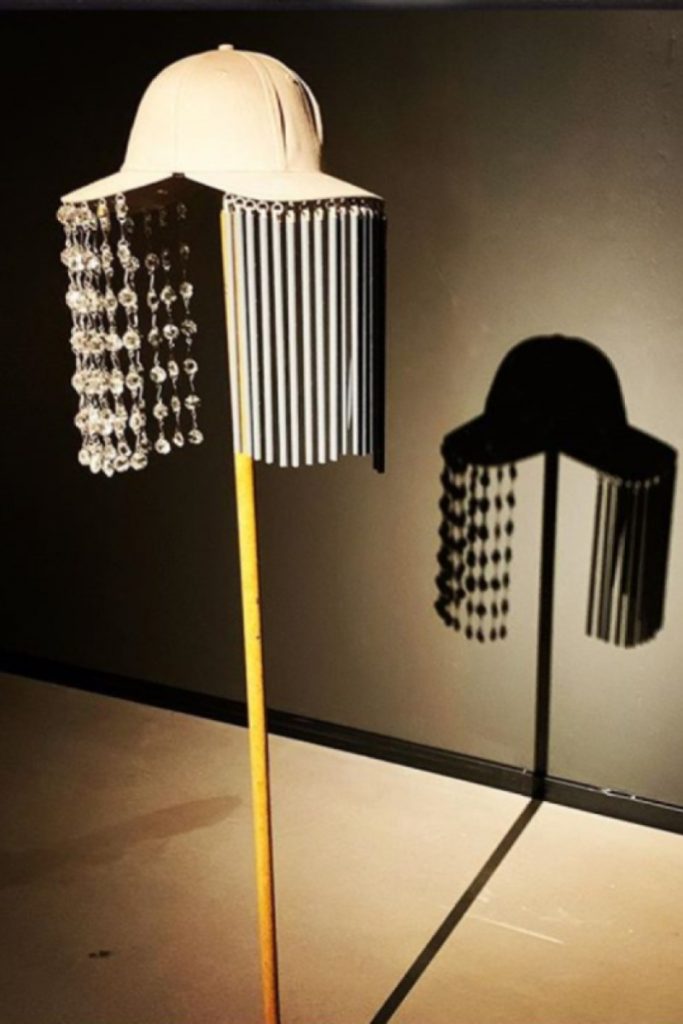Sound to Wear – Dressed in Sound
Who am I when I do not see myself?
Sound to Wear is based on Vidmina Stasiulyte’s doctoral dissertation at the University of Borås. Her research questions norms about garments and aims to develop new methods for fashion design based on sound. Hearing impressions and sound thinking, in contrast to visual impressions and image thinking, fundamentally change how we perceive a clothed body. Since sound is created through action, the actual action is to dress in focus for Stasiulyte’s research.
From seeing and being seen to listening and being heard. Watching or listening to a person wearing high heels are two completely different experiences. How does it sound when you get dressed and move? How do different textile materials sound?
If you close your eyes, you can hear people talking, breathing, walking…. Fashion is also reminded by e.g. the rattle of metal bracelets on the arm, the sound of the zipper when closing or opening a synthetic sports jacket, the rasping of static electricity when someone takes off a knitted sweater in the winter, or the clattering of high heels and the squeak of gym shoes. It is even possible to identify people on the sound from their specific walking style.
Vidmina Stasiulyte
Welcome to dive into the world of sound!
Vidmina Stasiulyte is a Lithuanian artist, researcher and fashion designer who explores alternative aesthetic expressions to develop a new methodology for fashion design. In her research as a doctoral student at the School of Textiles at the University of Borås, she examines the clothed body as a changing form and expression, based on the sound-creating action. Prior to her doctoral studies, she has, among other things. worked with fashion collections, costume performances, interactive sculptures and installations, and investigated design methods based on acoustics in art social inclusion projects such as. Anti-ideal and Beyond Seeing.
This project has received funding from the European Union’s Horizon 2020 Research and innovation programme under the Marie Sklodowska-Curie grant agreement No. 642328
Images courtesy of Textil Museet, Borås

